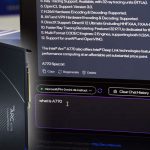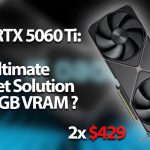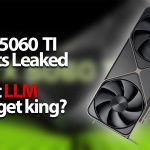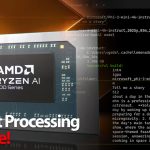Dual RTX 5090 Beats $25,000 H100 in Real-World LLM Performance – Here’s How This Affordable Setup Outperforms Enterprise GPUs
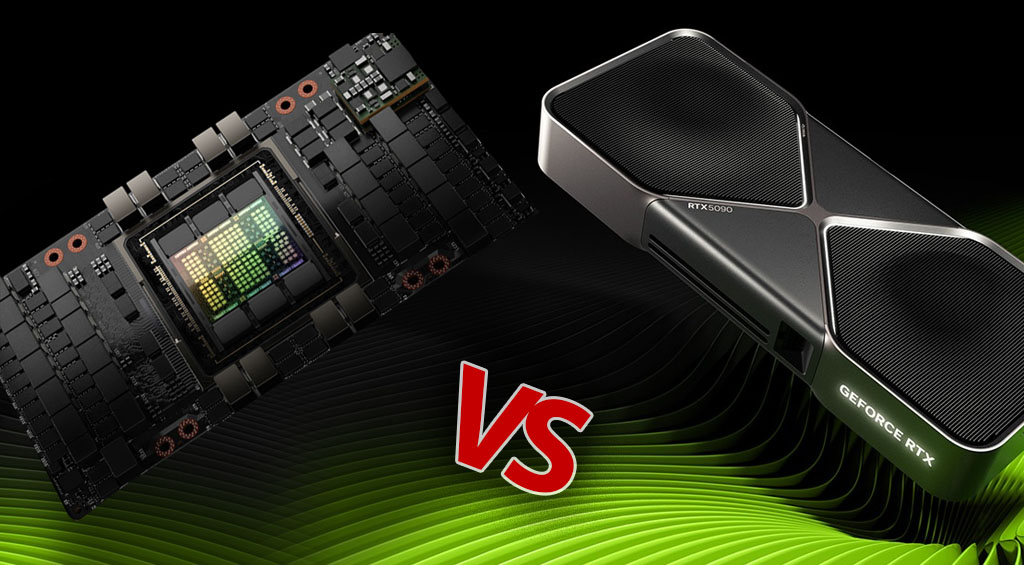
AI enthusiasts looking for top-tier performance in local LLMs have long considered NVIDIA’s H100 to be the gold standard for inference, thanks to its high-bandwidth HBM3 memory and optimized tensor cores. However, recent benchmarks show that a dual RTX 5090 setup, while still pricey, outperforms the H100 in sustained output token generation, making it an ideal choice for those seeking the best possible performance for home use, especially for models up to 70B parameters.
Benchmark Breakdown: Output Speed Matters More Than Ever
In a recent benchmarking session comparing a single H100, an RTX 5090, and multiple consumer-grade GPU setups, the results were startling:
| GPU Setup | Output Tokens per Second (OT/s) | Price (Approx.) |
|---|---|---|
| NVIDIA H100 (80GB) | 78 OT/s | ~$25,000 |
| Single RTX 5090 | 65 OT/s | ~$3,500 (April 2025) |
| Dual RTX 5090 | 80+ OT/s (beating H100) | ~$7,000 (April 2025) |
| RTX 4090 | 43 OT/s | ~$2,900 |
| Dual RTX 4070 Ti | 46 OT/s (beats 4090) | ~$2,400 |
| RTX 6000 Ada | 42 OT/s | ~$6,500 |
| RTX 3090 Ti | 40 OT/s | ~$1,000 (secondhand) |
The key takeaway? Two RTX 5090s together outperform an H100, and even mid-range consumer GPUs in dual setups (like the 4070 Ti) can outmatch their pricier single-GPU counterparts.
Why Dual RTX 5090 Works
There’s a common belief that multi-GPU setups don’t improve sequential LLM inference speeds, but vLLM challenges this assumption. By effectively utilizing tensor parallelism, dual GPUs can significantly increase sustained token generation, a crucial factor for local LLM enthusiasts who require continuous and fast performance.
Reasoning models, such as QwQ-32B-AWQ, benefit most from this setup. These models, known for their long internal monologues, demand high sustained inference speeds rather than just quick prompt processing. This makes multi-GPU configurations ideal for handling such workloads.
PCIe bandwidth is less of a bottleneck than many expect. Inference tasks primarily involve shuffling activations rather than large weight tensors, which means even x8 PCIe lanes are sufficient for efficient performance. This allows for smoother operations without requiring top-tier bandwidth.
Additionally, VRAM pooling isn’t necessary for parallel inference. Instead of relying on NVLink, models are split across GPUs at the compute level, avoiding potential memory bandwidth constraints. This approach optimizes performance without the need for expensive interconnects.
The Real-World Use Case
The biggest winner in this GPU war? Anyone running LLMs locally. Whether you’re coding, roleplaying, or using AI for research, reducing the wait for reasoning-intensive models is a game-changer. With a dual RTX 5090 setup, you can run multi-billion parameter models faster than a $30,000+ enterprise setup, for around $7,000 (Overpriced April 2025 market).
Contrast this with an H100:
- Price: ~$25,000 for an H100, versus ~$3,500 per RTX 5090.
- Performance: Slightly better prompt processing on H100, but inferior sustained generation speeds.
Future Implications: Blackwell, RTX 6000 Pro, and Beyond
If dual RTX 5090s can beat an H100, what about NVIDIA’s upcoming RTX 6000 PRO Blackwell? Given its expected specs (a 5090 with more VRAM), a dual PRO 6000 setup might even rival the H200. But watch out for NVIDIA’s artificial segmentation—they may intentionally cripple these cards with driver restrictions to protect enterprise H-series sales.
For now, local AI hardware enthusiasts have a clear path forward: Skip the overpriced enterprise GPUs and build smarter with high-performance consumer cards. Whether it’s a dual RTX 5090, an optimized RTX 4080 pair, or even budget-friendly dual 4070s, there’s never been a better time to maximize performance-per-dollar in AI inference.

